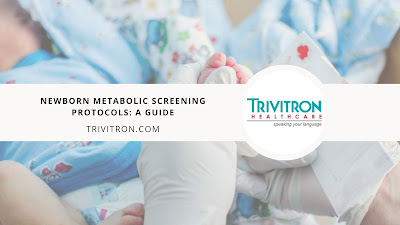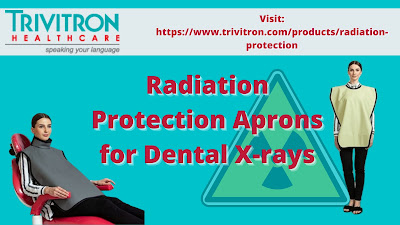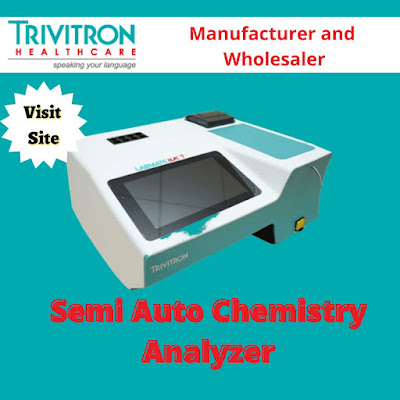How and When Should Newborn Screening Be Carried Out? - Trinitron

Universal Newborn Screening is a set of simple tests administered to newborn babies within 24 to 72 hours of birth, which helps to detect congenital metabolic disorders and conditions. Without these tests, it is possible that permanent and irreversible damage may have occurred before any clinical signs are evident. By having these Newborn Screening Kit , it becomes possible to provide immediate treatment and avoid further complications. It is important to note that these tests are not diagnostic; they only help to identify babies at risk and require further testing. In some countries, these tests are mandatory and funded by the Government, but unfortunately in India, it is not yet compulsory. Newborn Screening (NBS) is a procedure that uses a sample of a newborn baby's blood to screen for potential genetic or medical conditions. A small amount of blood is drawn from the heel of the baby and then placed on a special filter paper. This filter paper is then sent to a screening lab...







